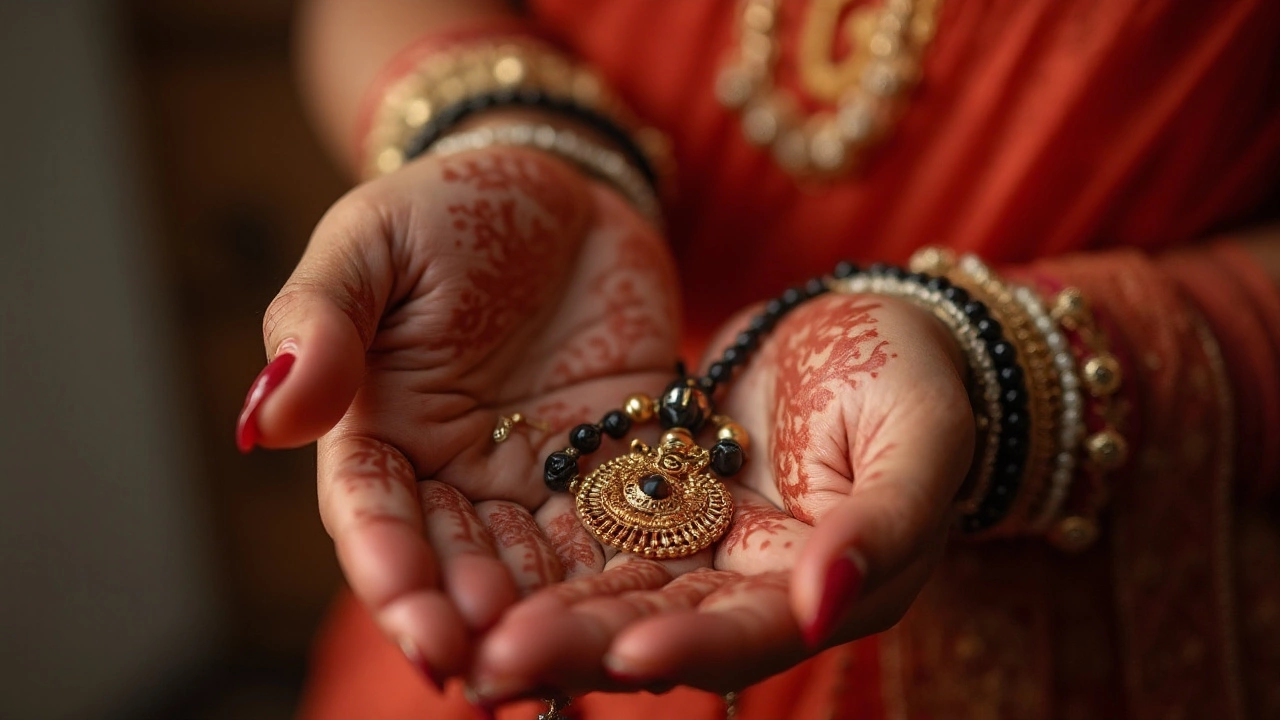
Explaining what 'mangalsutra' means in English, how it translates culturally, and why it holds deep meaning for married women.
When exploring Mangalsutra, the sacred necklace that marks a Hindu marriage. Also known as marriage thali, it symbolizes lifelong commitment and is traditionally given by the groom during the wedding ceremony. This piece sits at the crossroads of faith, fashion, and family, so understanding its background helps you pick a version that truly fits your story. Hindu wedding tradition, a blend of rituals that celebrate the union of two families provides the cultural stage where the mangalsutra first appears. Meanwhile, gold purity, the percentage of pure gold in an alloy, typically measured in karats determines durability and price, making it a key factor in any purchase. Finally, regional variations, differences in design and gifting customs across Indian states add a layer of personal expression that reflects local heritage.
At its core, the Mangalsutra is more than a decorative chain; it is a living symbol of trust between partners. In many families it doubles as a family heirloom, passed down through generations, and each new piece carries stories of past weddings. Modern couples often blend traditional motifs—like the sacred “Om” or lotus—with contemporary elements such as geometric pendants or mixed metals. This blend shows how the mangalsutra evolves while staying rooted in its original intent: a visible promise of love and fidelity.
Understanding the role of gold purity, measured in 24K, 22K, or 18K, directly affects the necklace’s weight and resale value is crucial. A higher karat means more pure gold, which looks richer but can be softer. For daily wear, many opt for 22K or 18K, which balances shine with strength. Knowing the hallmark stamp—like 916 for 22K—helps you verify authenticity and avoid counterfeit pieces.
Regional customs shape everything from who gifts the mangalsutra to how it’s styled. In North India, the groom often ties the mangalsutra around the bride’s neck during the ceremony, while in South India the bride may receive it from both parents as a family blessing. Some communities favor simple gold threads, whereas others prefer elaborate pendants studded with diamonds or colored gemstones. These variations reflect local beliefs about prosperity, protection, and aesthetic preference.
When it comes to gifting, the responsibility can shift between families. Traditionally, the groom’s family purchases the mangalsutra, but contemporary weddings see both families contributing, or even the bride buying her own as a statement of independence. This shift mirrors broader social changes, where the symbol’s meaning adapts to modern values while retaining its core significance.
Design trends also evolve. Classic designs feature a gold chain with a single pendant shaped like a bell or a pair of small discs. Recent fashions experiment with layered chains, mixed metals (gold with silver or rose gold), and even minimalistic bar charms. For those who want a touch of sparkle, adding a tiny diamond or a colored stone—like a ruby for passion or a sapphire for wisdom—creates a personalized look without overwhelming the traditional feel.
Choosing the right mangalsutra involves balancing three key factors: cultural relevance, material quality, and personal style. Start by asking which regional customs you want to honor, then decide on the karat that fits your lifestyle, and finally pick a design that resonates with your aesthetic. A smart buying checklist includes verifying the hallmark, checking the clasp’s durability, and ensuring the length suits the wearer’s neckline.
Below you’ll find a curated set of articles that dive deeper into each of these aspects—whether you’re curious about who traditionally gifts the mangalsutra, how gold purity impacts daily wear, or which modern designs are trending in 2025. Each post offers practical tips, cultural insights, and buying advice to guide you toward the perfect piece that celebrates both heritage and personal style.

Explaining what 'mangalsutra' means in English, how it translates culturally, and why it holds deep meaning for married women.

Discover what the Bible actually says about the mangalsutra, untangling myth, tradition, and fact for anyone curious about Christian perspectives on this symbolic necklace.
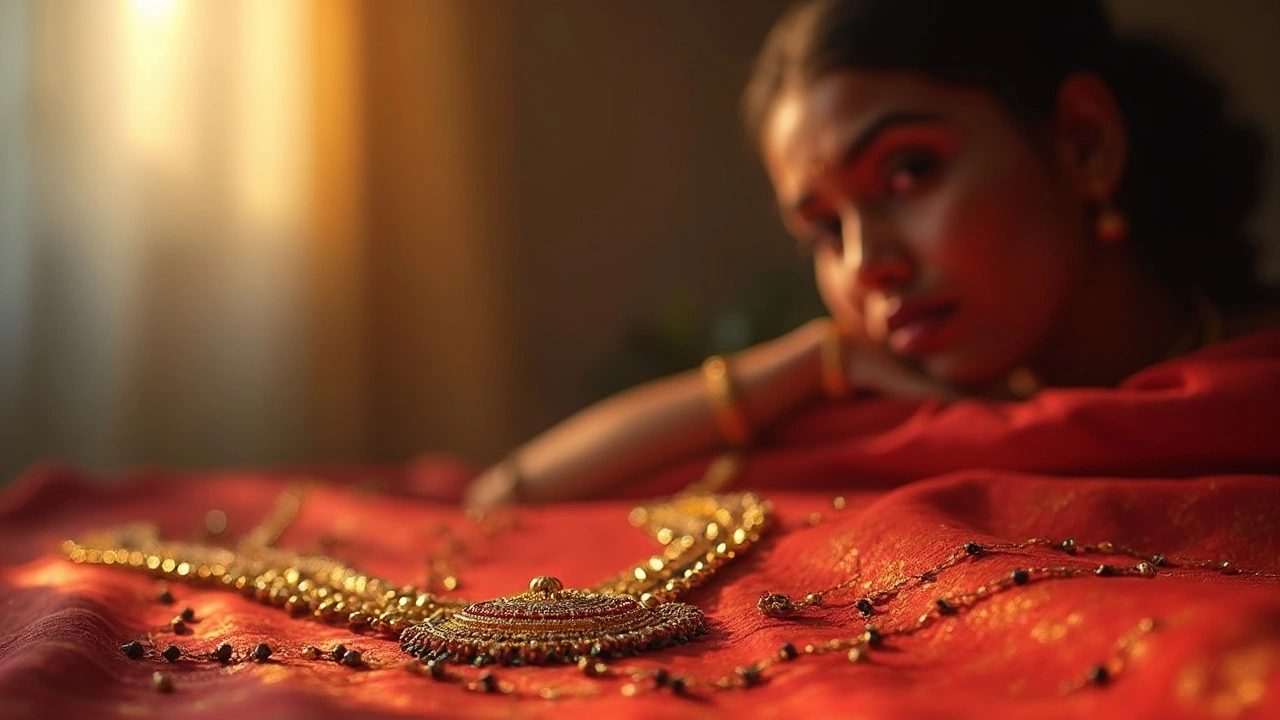
Curious about what it means if a mangalsutra breaks? Uncover the facts, superstitions, and traditions behind a broken mangalsutra and learn what you should actually do.
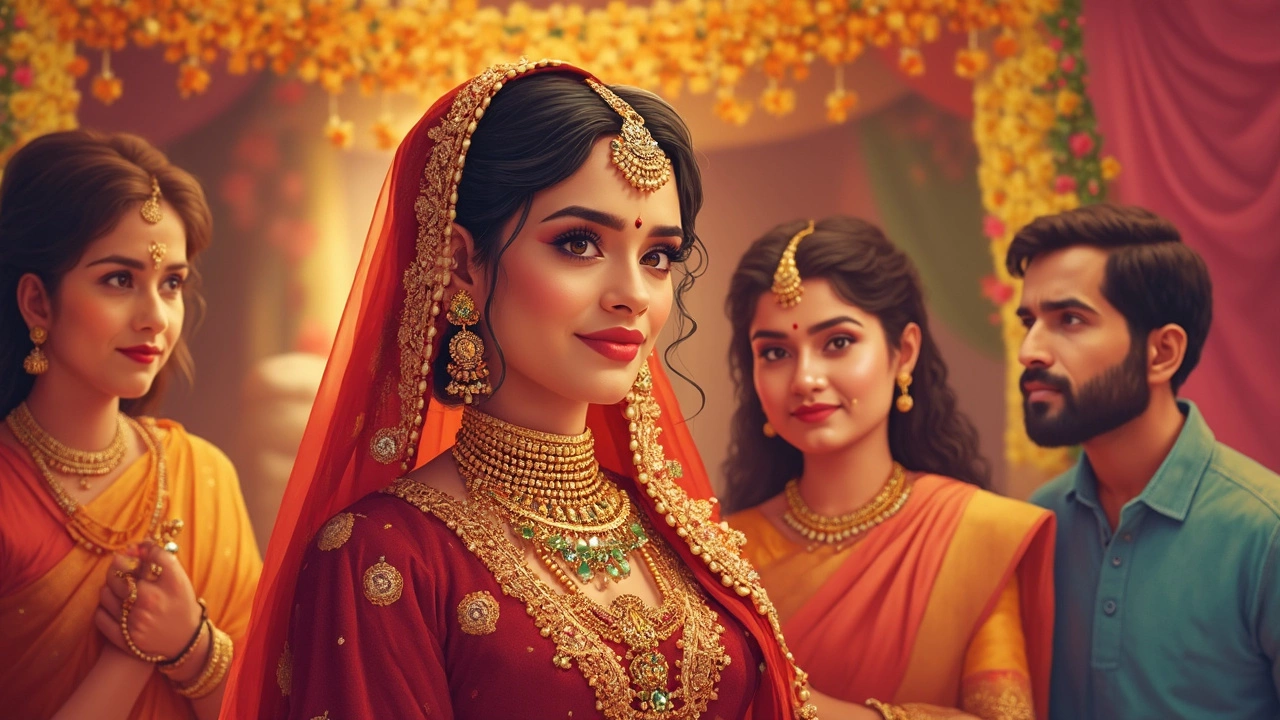
People often wonder which religion wears mangalsutra and what it really means. This article uncovers the religious and cultural roots of the mangalsutra, explains who wears it and why, and breaks down the latest design trends. Readers will also find practical tips on picking the right mangalsutra for personal style and modern life. If you’re curious about its cultural story or want to choose a design that represents your heritage, you’ll find clear, useful information here.
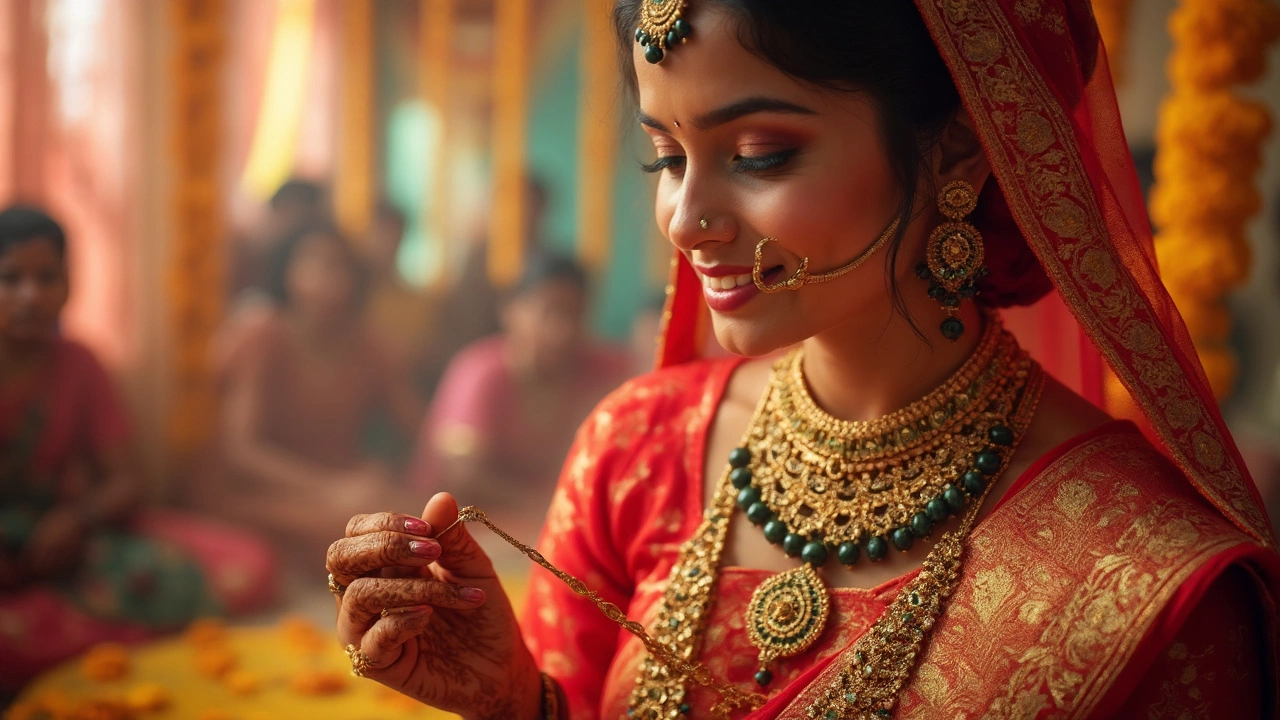
The black beads in a mangalsutra aren't just a design choice—they carry deep meaning in Indian culture. This article digs into why these tiny beads matter so much, how they're believed to protect relationships, and the science behind the tradition. You'll get practical tips about wearing and choosing the right mangalsutra, plus some surprising facts you probably didn't know.
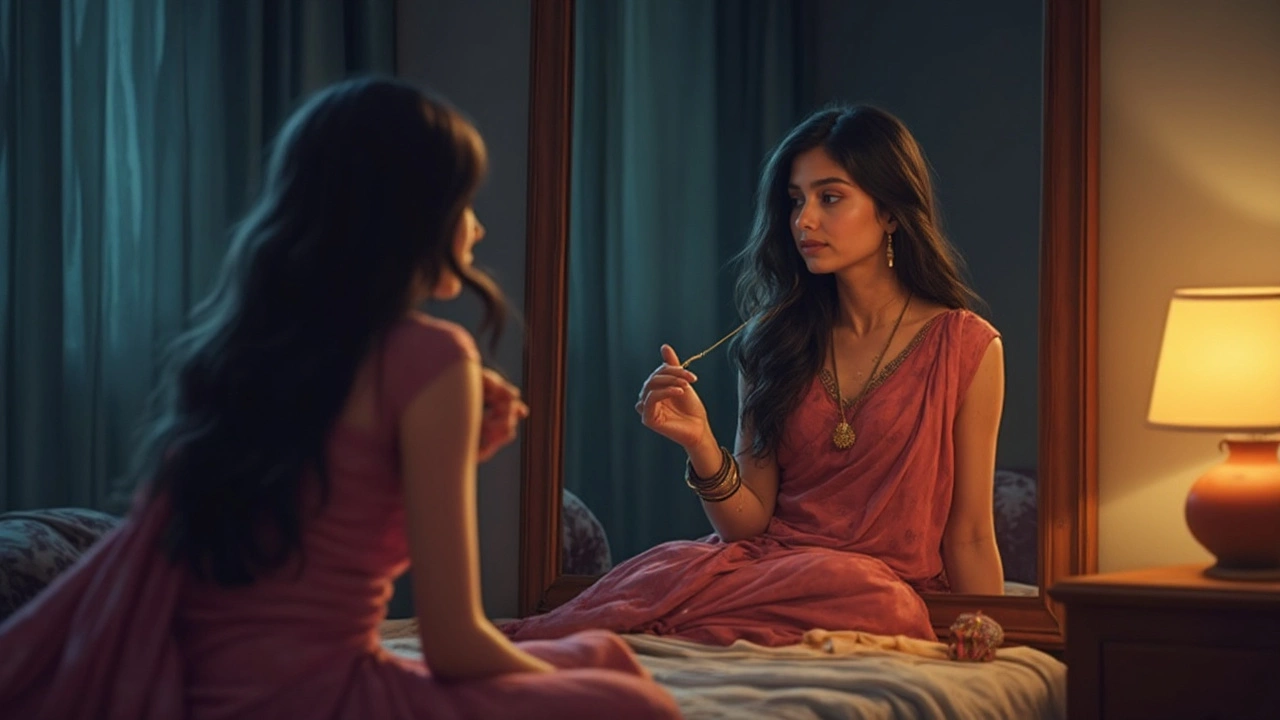
The mangalsutra holds significant cultural importance in many traditions, symbolizing a married woman's status. The question of whether it's acceptable to remove it at night comes up often. While traditionally it's meant to be worn constantly, practicality and personal preference play roles too. This article explores the balance between tradition and contemporary lifestyles, offering insights into personal choices.
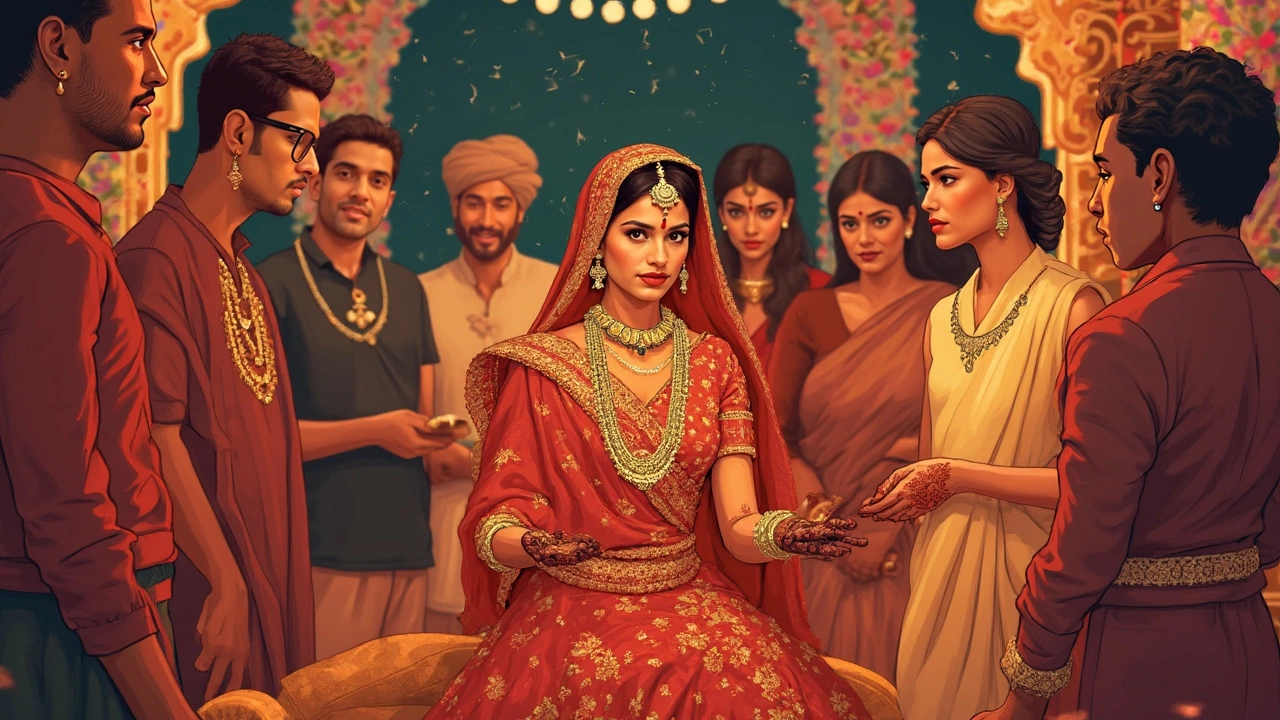
This article explores the intersection of cultural traditions and religious texts by examining what the Bible says about the mangalsutra, an important piece of jewelry in many Indian marriages. Discover interesting facts about the historical and cultural significance of the mangalsutra, as well as how religious beliefs can shape its perception. Gain insights on how those practicing Christianity might view this symbol of marital commitment. Through engaging sections, you will learn about the relevance of this ornament and thoughtful tips on incorporating cultural symbols with religious practices.
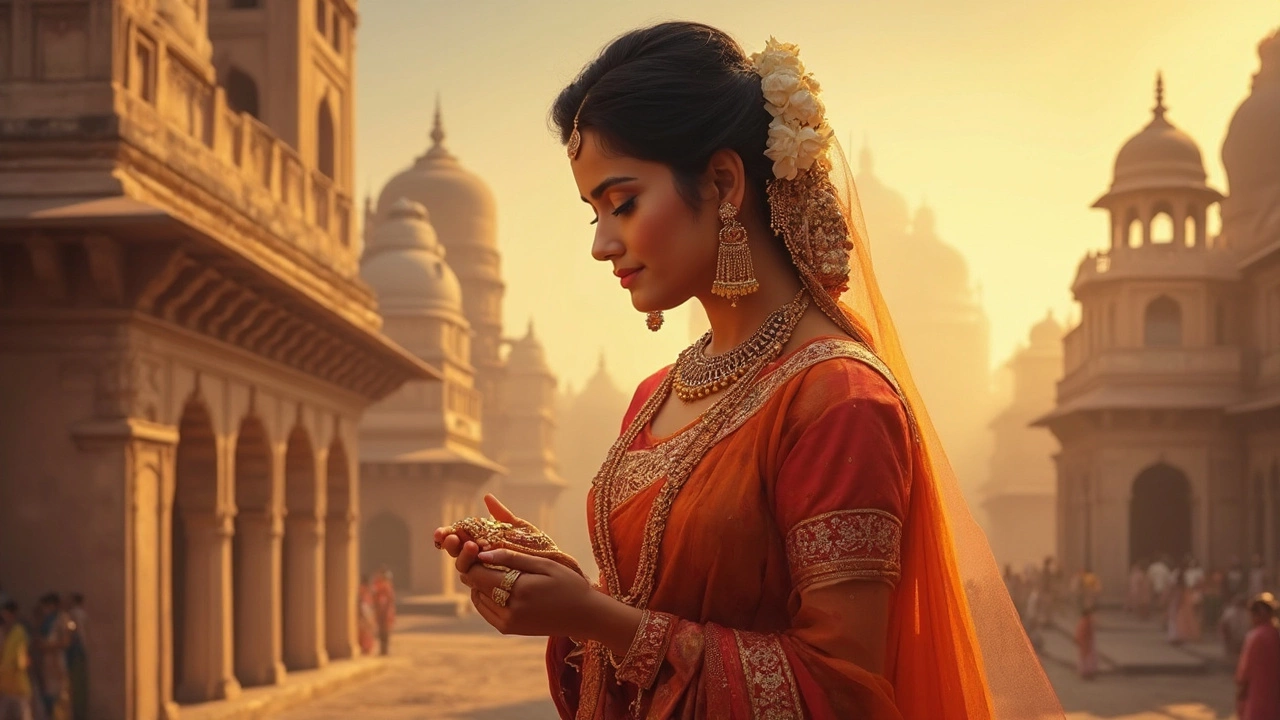
The mangalsutra is a significant symbol in marriage for many Indian women, representing a deep cultural tradition. But as modern lifestyles evolve, many question whether removing it is considered disrespectful or sinful. This article delves into the significance of the mangalsutra, perspectives on its removal, modern design trends, and how women are balancing tradition with personal style, offering tips to navigate these cultural conversations thoughtfully.
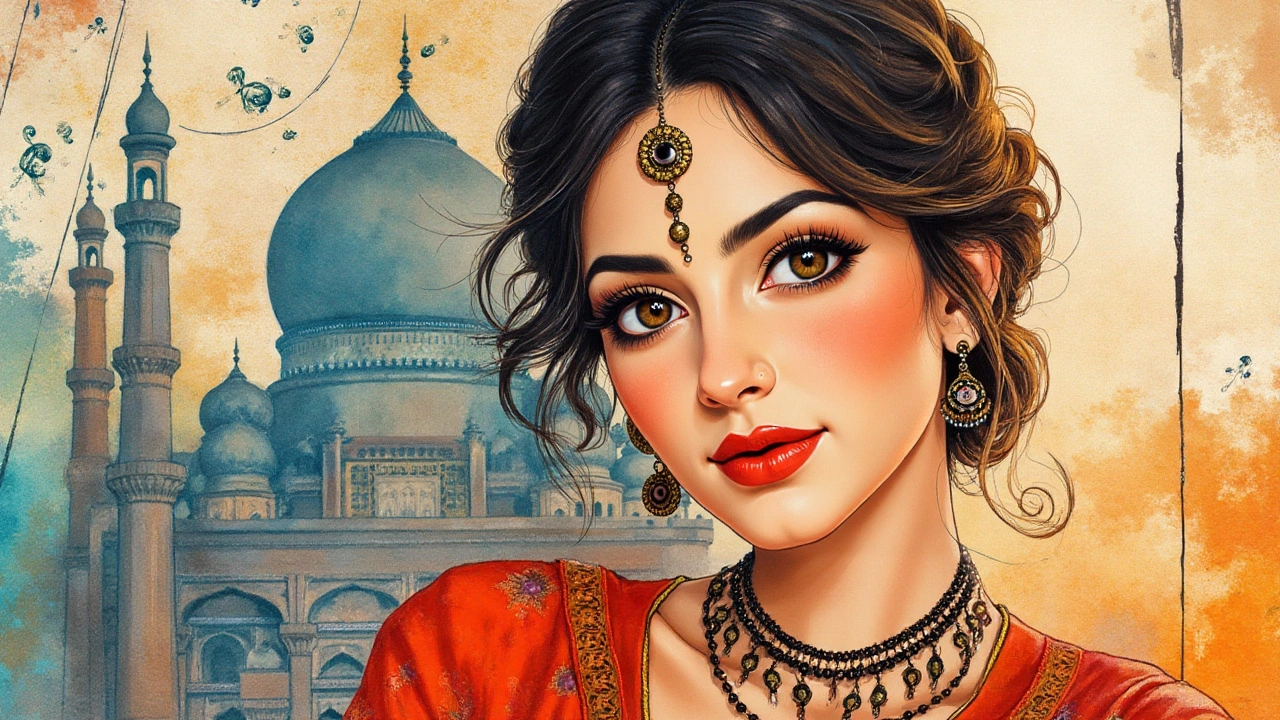
While exploring the cultural significance of black beads within Islamic traditions, this article delves into their historical and aesthetic relevance, particularly in relation to the mangalsutra. It clarifies misconceptions about wearing black beads in Islam and highlights their harmonious incorporation into modern-day jewelry. By offering insights into traditional practices, as well as contemporary design trends, this piece aims to guide and inform those seeking cultural and stylistic understanding.
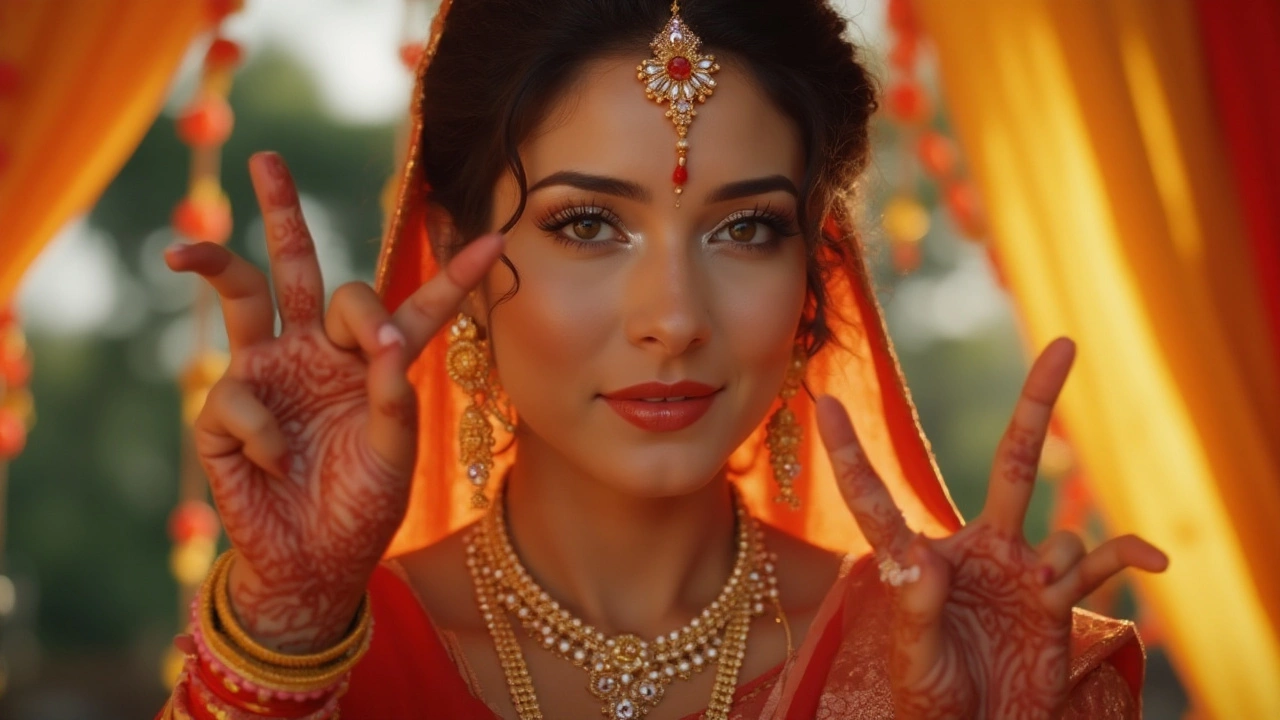
The mangalsutra is not just a piece of jewelry; it is steeped in cultural significance and traditional values. It's a symbol of marriage in India, worn by married women. Recent trends show a shift in designs, appealing to modern tastes while keeping its traditional essence. This article explores who buys the mangalsutra today, the influences on its design, and tips for choosing the right one.